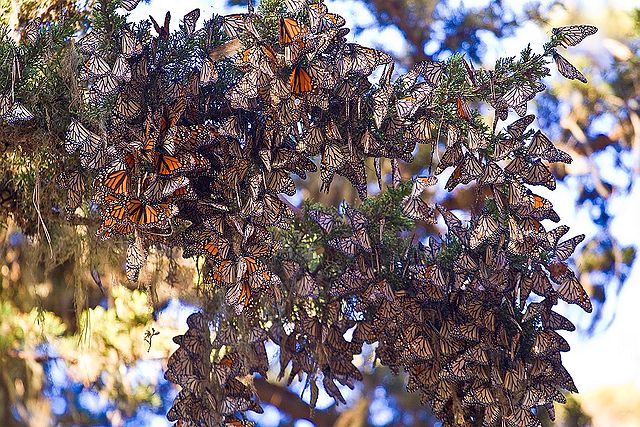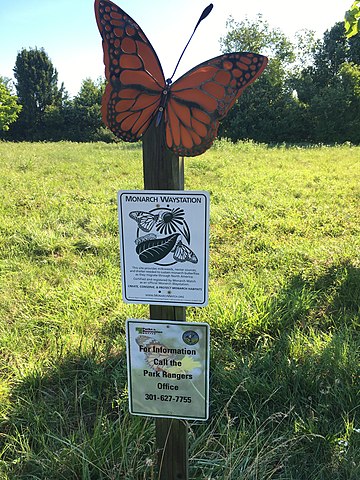Human beings and virtually all animals possess exceptional navigation skills. Monarch butterflies, for example, fly south to Mexico for the winter and then return north in the spring, traversing some 2,500 miles. The travel time is so great it eclipses multiple lifespans. It is the great-grandchildren of these fragile, winged creatures who complete the journey. But how do the newborn know where they’re going? This is a mystery science has yet to unravel.[1]

Monarchs wintering in the Monarch Grove Sanctuary Preserve, California 
Monarch Butterfly Waystation, Berwyn Heights, Maryland, by Geraldshields11
